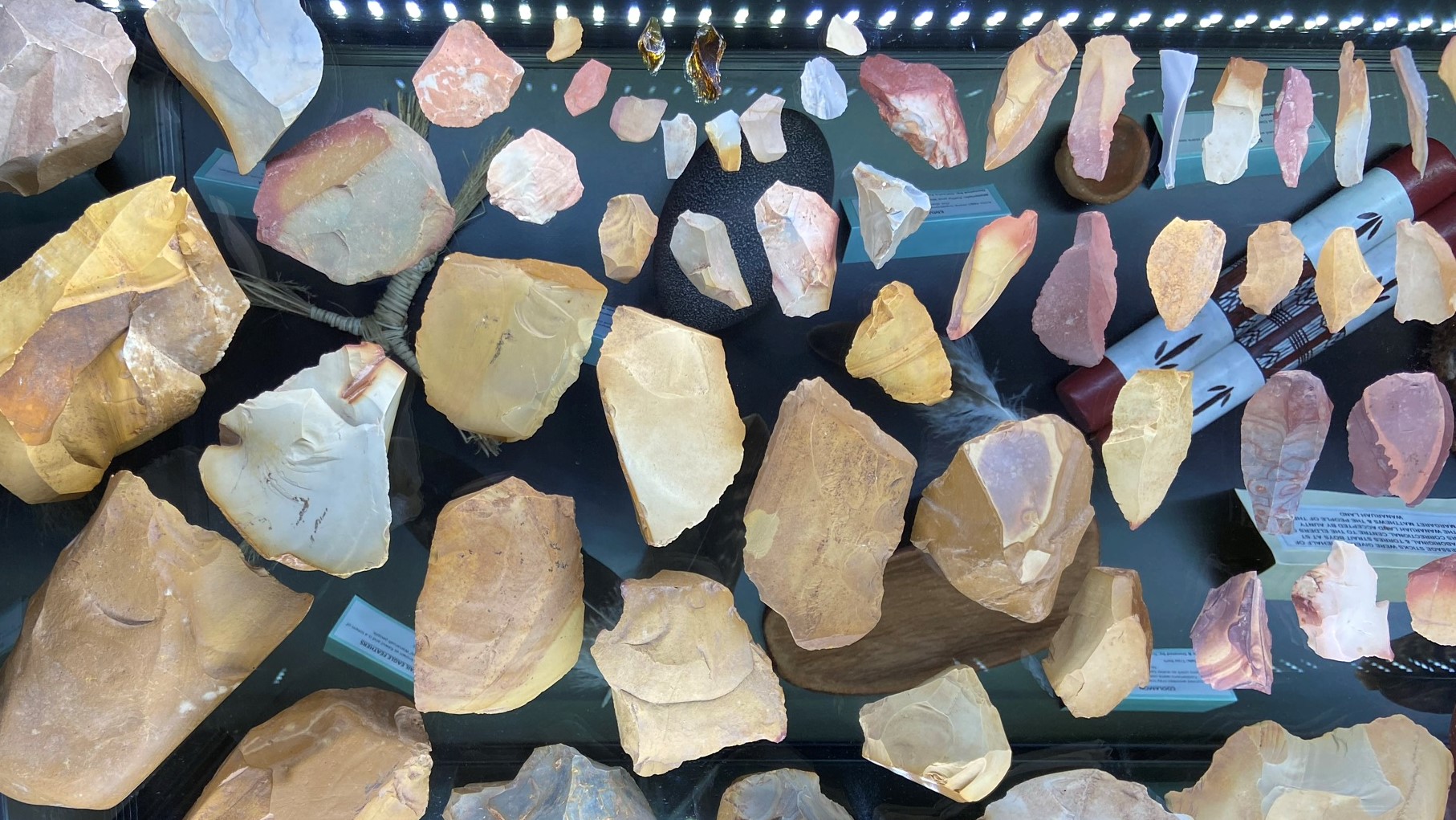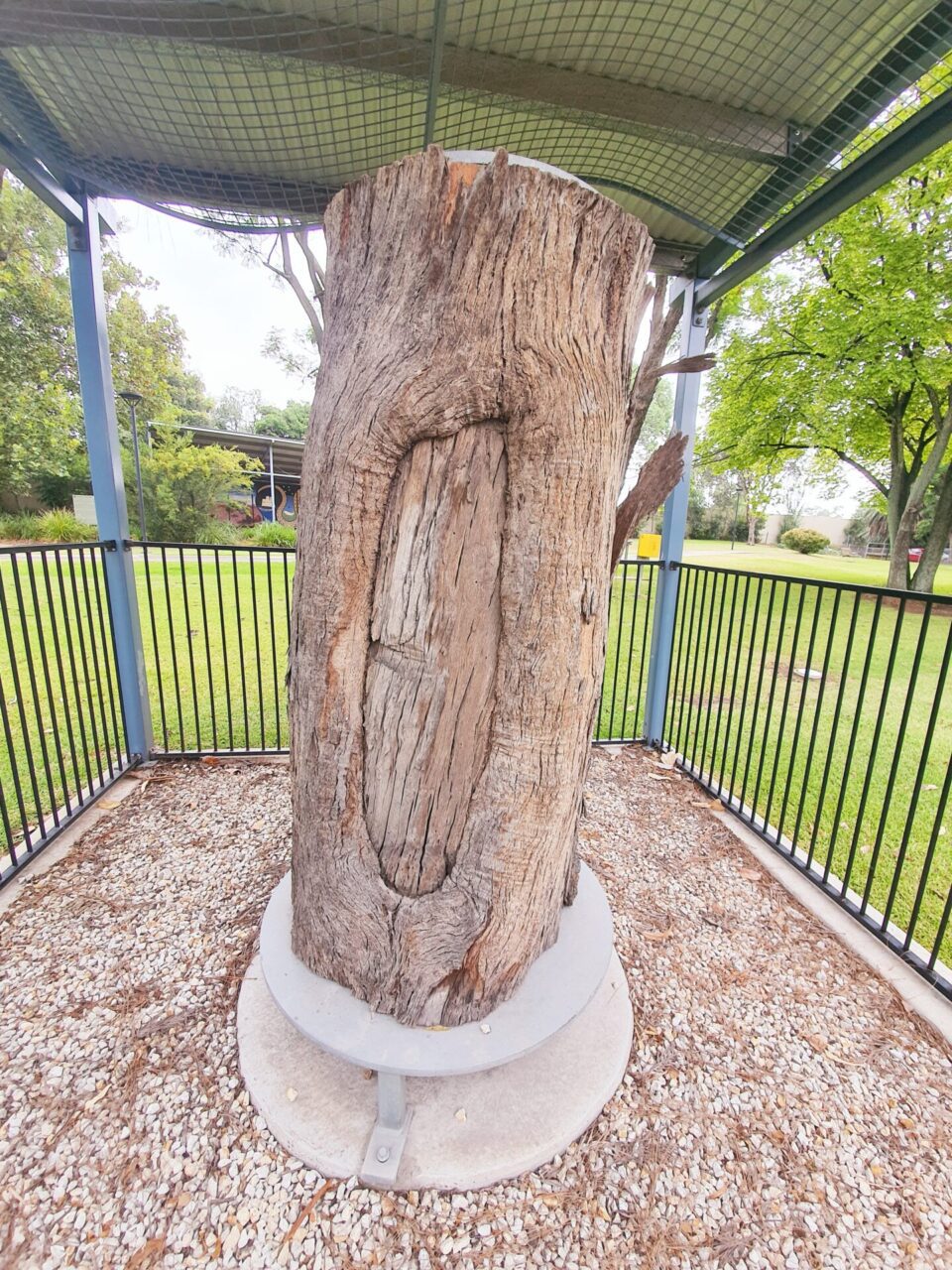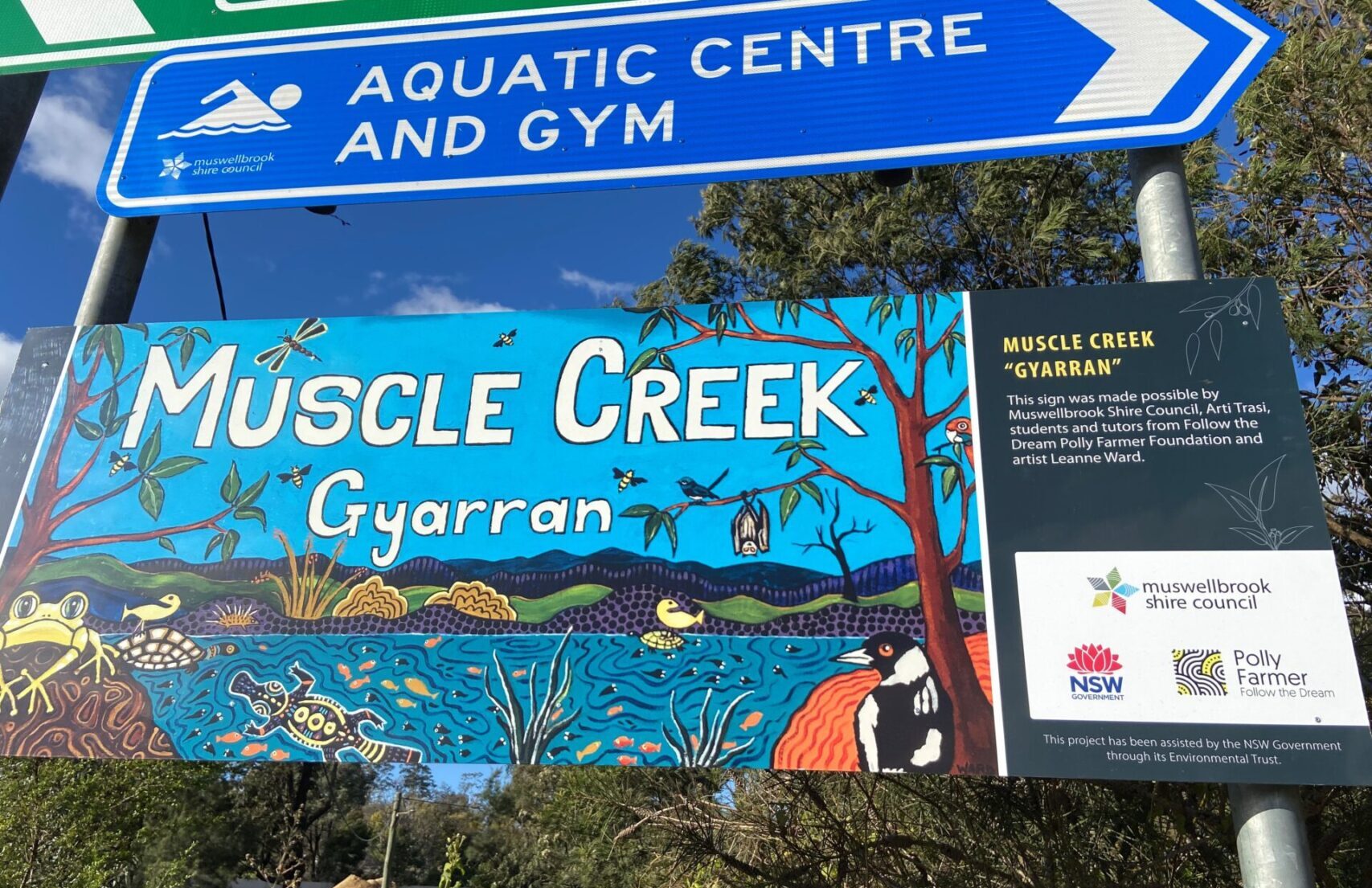Aboriginal People
Aboriginal people living in Muswellbrook Shire now comprise 11.7% of the total population according to the 2021 ABS census data.
Aboriginal people have occupied the greater Muswellbrook area for thousands of years. Evidence of their occupation can be found throughout the region, with numerous Aboriginal archaeological sites having been identified and recorded. Major site types for this area include open camp sites, rockshelters, scarred trees and grinding grooves. Together, these sites attest to the widespread use of the landscape by Aboriginal people and are of cultural significance to the Aboriginal people who are the owners of this land.
Muswellbrook Shire has a high proportion of Aboriginal and Torres Strait Islander people living in our community. The Hunter Regional statistics are:
| Cessnock – 10.2% |
| Dungog – 7.2% |
| Lake Macquarie – 5.5% |
| Maitland – 7.5% |
| Muswellbrook – 11.7% |
| Newcastle – 4.4% |
| Singleton – 8.3% |
| Upper Hunter – 7% |
Document For Reconciliation
Widden Creek Aboriginal Artefact Care Agreement and Community Display
The upgrade of the Widden Creek Bridge began in June 2009. After earthmoving and grading works had commenced, an Aboriginal cultural site was identified within the area of impact. The site had been disturbed by the upgrade work and in order to prevent further impact to the site, an Aboriginal Heritage Impact Permit was required. The archaeological works were undertaken in accordance with guideline conditions set out by the Office of Heritage and Environment (OEH), for Widden Creek Bridge.
The salvage work, which was undertaken in four (4) phases, and included the collection of exposed surface artefacts, the extraction of artefacts from the spoil heaps, test excavation pits and the excavation of an intact soil pedestal.
The collection and salvage program resulted in the collection of approximately 3000 stone artefacts and fragments. Of the 2,775 artefacts, 2,256 were manufactured from mudstone and lesser quantities made from chert, tuff and quartz. Minor numbers of artefacts were manufactured from basalt, chalcedony, siltstone and petrified wood.
128 artefacts were specially-selected to be a part of the Widden Creek Bridge Aboriginal Artefacts display. The display is the aspiration of Aunty Margaret Matthews, to ensure the continuing understanding of Aboriginal people & their culture, both past and the present. The display can be viewed at Council Administration Centre 60-82 Bridge St Muswellbrook.

Working with Indigenous Australians Website
Muswellbrook Shire Council Community Services Team and representatives from the local Indigenous community have developed an interactive website containing detailed information on Aboriginal and Torres Strait Islanders history and culture, demographics, discussion on current issues and practice implications for people who work in the Human Services sector.
Aboriginal Oral History Project – In Our Own Words
Aboriginal and Torres Strait Islander people should be advised that this exhibition contain images, voices or names of deceased persons in photographs, film, audio recordings or printed material.
In 2011 the Nagapawatti Aboriginal Women’s Group identified the need for a project that would allow our Aboriginal people to tell their story from their perspective. Our endeavour was to gather these stories without the influence of existing written history as this is often written from the perspective of non-Aboriginal people. These stories build on the stories published in Wannin Thanbarran, A record of Aboriginal and European history in the Muswellbrook and Upper Hunter Area.
These stories are part of the Aboriginal Oral History Project in Muswellbrook Shire (NSW). The endeavour was to gather stories without the influence of existing written history as this is often written from the perspective of non-Aboriginal people.
We wanted to ensure that cultural connections are not forgotten and that we preserve invaluable stories for future generations and that through the sharing of these experiences and stories there will be an enhanced appreciation and understanding between generations and communities.
This project was proudly funded by MACH Energy Australia, Aboriginal Community Development Fund (ACDF) and Muswellbrook Shire Council.
This book can be purchased from Muswellbrook Regional Arts Centre and council Administration Centre during business hours. Phone 02 6549 3800 or 02 6549 3700 for details.
Mussel (Muscle) Creek Cultural Heritage Signage and History
Muswellbrook Shire Council in collaboration with the Polly Farmer Foundation, Follow the Dream, an afterschool program, is returning the Muscle Creek to its former glory. The aim of the work is to improve the environmental and recreational values of this important waterway by creating signage with stories of the creek and to attract people to this lovely heritage site.
Muscle Creek, named for the freshwater mussels that were once abundant, is a meandering waterway that runs through Muswellbrook. Over the years of urbanisation, weeds and litter had taken over to the point where the creek had become underutilised, but its beauty has not been forgotten.
Partnership Projects
Some of the significant partnership projects that Muswellbrook Shire Council has delivered with the local Aboriginal Community have been;
- The convening/facilitation of the Aboriginal Reconciliation Committee since 1999;
- The development and revising of www.workingwithindigenousaustralians.info.au;
- The development and maintenance of the Reconciliation Mural;
- Co-partnering with the ACDF to develop and deliver the Aboriginal Oral History Project and the continued installation of the http://upperhunter.workingwithindigenousaustralians.info/
- Noise Abatement Wall: aspects of the Reconciliation Mural can be seen along the Noise Abatement Wall.
- Library and Art Centre display: Showcasing local artworks and displays
Muswellbrook Shire Council Aboriginal Reconciliation Committee
An effective amount of governance work has been carried out by the Muswellbrook Shire Council Reconciliation Committee including;
- The development of Document of Reconciliation 2001;
- Agreed Acknowledgement of Country that is used in all Council documents, Council meetings and significant events such as Australia Day; Citizenship Ceremonies; Art Gallery exhibition openings etc.
- Agreed procedure of seeking representation from Aboriginal Organisations (WLALC & HVAC) at significant events;
- Naming of Council assets such as Weeraman Fields;
- Annual flag raising during National Reconciliation Week;
- Flying the Aboriginal Flag daily and a protocol of flying the Aboriginal Flag at half-mast in consultation with Wanaruah Local Aboriginal Land Council.
Muswellbrook Shire Council have commenced the process to develop a Treaty Project with the Local Aboriginal Community. This project is based on the Uluru Statement from the heart. The Treaty Project which importantly is a truth telling of the past and present impacts of colonialism on the Aboriginal people.
Scarred Tree
A salvaged scarred tree is located at Simpson Park Muswellbrook, in honour of the Aboriginal heritage in the Upper Hunter.
Aboriginal people have occupied the greater Muswellbrook area for thousands of years. Evidence of their occupation can be found throughout the region, with numerous Aboriginal archaeological sites having been identified and recorded. Major site types for this area include open camp sites, rockshelters, scarred trees and grinding grooves. Together, these sites attest to the widespread use of the landscape by Aboriginal people and are of cultural significance to the Aboriginal people who are the owners of this land.
The scarred tree, now located in Simpson Park Muswellbrook, was salvaged in 1992 as part of the Dartbrook Underground Coal Mine Project. A mature yellowbox (Eucalyptus melliodora), the tree exhibits two potential cultural scars and was identified on cleared grazing land approximately 250 metres south of an unnamed creek to the east of Aberdeen township. The tree was moved to its current location as a preservation and protection measure and an opportunity to share with the general community.
Aboriginal scarred trees that have scars associated with the production of cultural implements, such as coolamons, shields and canoes, the construction of temporary shelters and traditional hunting techniques (i.e., the cutting of toe holds). Trees were also sometimes carved or decorated. Bark was removed from tree trunks using stone or steel axes, exposing the sapwood, and leaving scars of various sizes.
The scarred tree at Simpson Park in Muswellbrook was salvaged under approval by the NSW State Government and is protected under the provisions of the National Parks and Wildlife Act 1974.




